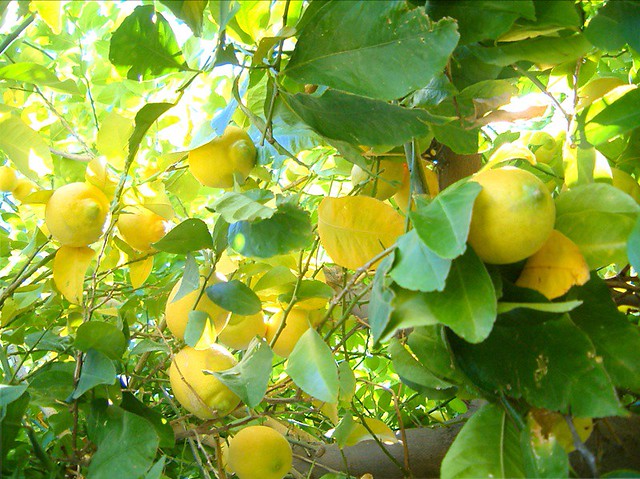 |
| Photo by YoungToymaker |
Raingardens, ponds, and swales all contribute to higher ground-level humidity. Our future hops vines, growing at a angle to a height of 35 feet should also create a quasi-greenhouse beneath, especially with the compost pit dug into the ground near their base. We also want to leverage warm, sunny spots created by South-facing walls as good areas to tropicalize.
And for that, we have a secret ingredient. Biochar, with its low reflectivity, is a great infrared energy absorber, warming the soil. It also holds about 3x its weight in water. The elevated temperature and moisture create a high humidity zone in the immediate airspace above high biochar concentrations.
My tomatoes and peppers grow prolifically, in part, due to top-dressing with biochar. Where I have cut holes in the black plastic, I mulched with biochar to prevent weeds, capture moisture, discourage pests, and further decrease albedo. I add extra organic fertilizer when it's time to feed the plants, in order to adjust for the nutrient sink created by the biochar. Next season, the biochar will be already charged and populated with soil microbes so that it can be dug in and do long-lasting service in the ground. I prefer this technique over composting of biochar, as it saves time and effort (though compost plus biochar is a superior soil amendment).
Maximizing the biochar concentration in garden beds (up to 50% of soil volume) will produce similar results. The terra preta effect will move your garden to more equatorial climes. We have a lime tree that's been container-grown for 12 years, but one day it might find its place in the sun where the snow never sticks.

